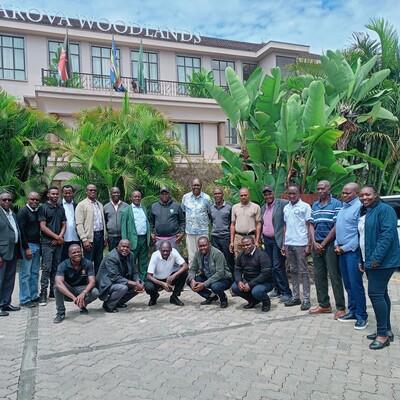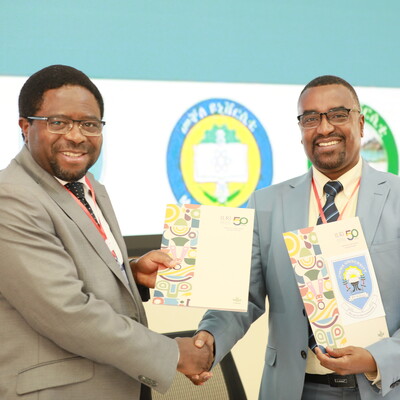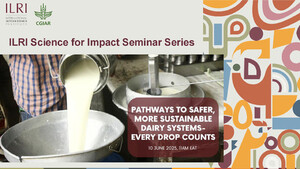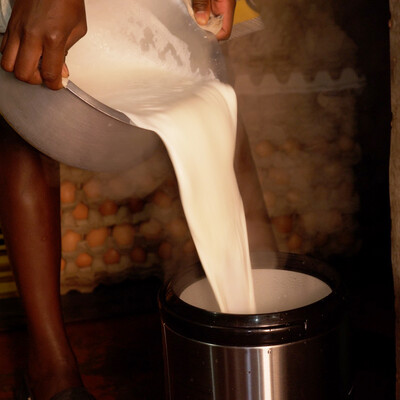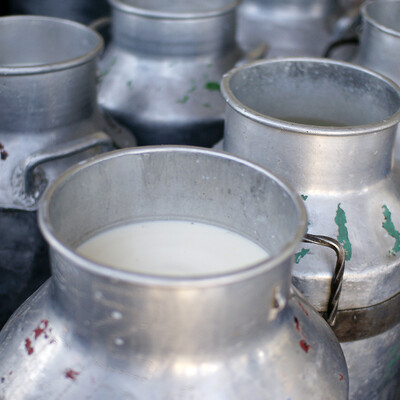

HABITAT- Farmer workshops on biodiversity and pasture biodiversity assessment on highland dairy farms
From February to March 2024, a team from ILRI went out to Bomet and Nandi counties to train Pioneer Farmers selected with the Pioneer-Positive Deviance team of the CGIAR Initiative on Livestock and Climate (LCSR).
The purpose of the visit was to train farmers on the importance of pasture biodiversity and how to identify different plant species in their pastures. The team, composed of Kelvin Kinuthia (research associate at ILRI), Jesse Kagai (Research Officer in animal nutrition and Kennedy Matheka (a consultant botanist from the National Museums of Kenya), was supported by Emmaculate Kiptoo in linking with pioneer farmers.
The training was targeted at highland dairy farmers who have pasturelands for their livestock. Bomet and Nandi Counties in Kenya are part of the Kenyan highlands, and therefore are a good representation for that ecosystem.
To do this, the team held three workshops at different farmers’ residences with around 20 farmers/ trainees each. The first part of the training was a theory session whereby trainees sat in a class-setup and learnt the meaning of biodiversity, the importance of biodiversity to the environment and to animal production, the various ways of identifying different plants based on their traits and the different tools and techniques that can be used during identification.
As Kinuthia noted, ‘Conducting pasture biodiversity assessments in smallholder farms will help us to better understand how plant biodiversity in pastures affects livestock productivity and how that in turn affects livestock greenhouse gas (GHG) emissions. This knowledge can then be leveraged to create a better balance between livelihoods, environmental concerns and climate resilience’.
The second session of the training was a practical one where all participants visited a pasture paddock and individually counted all the different plants they could identify. Mr. Matheka would lead this session and would help the farmers identify more plants in the pastures. The final session would be a Q and A session where farmers would raise their concerns and questions in order to better understand the topic. The topic was well received, with farmers showing interest and enthusiasm, which was demonstrated by the robust discussions that would come up spontaneously during the training.
Although Mr. Matheka was the trainer, he also learnt a lot from the farmers in the interactive sessions.
‘On one hand, I helped farmers become sensitized to the plant richness in their farms, and on the other, it taught me and the other trainers about different unique uses of some of the plants such as for medicinal ailments, as well as the harmful plants that they are struggling to control,’ said Matheka.
After the training, each farmer was given the ‘homework’ of identifying the different plants in their own pasturelands and have a total number ready by the time the trainers were visiting their farm. The team from ILRI accompanied by Mr. Matheka would then visit the other farms, conduct an in depth biodiversity assessment, collect common plant samples for nutritional quality assessment and collect soil samples to conduct a germination experiment back at ILRI facilities.
Again the farmers demonstrated their enthusiasm by finishing their assignment and most were able to have a total of plants that was close to what the botanist was able to identify. Most also remarked that the training ‘opened their eyes’ and they became more conscious of the many plants they have in their farms.
During the farm visits, animal data, which included production system, herd structure, daily milk production, concentrates and fodder offered per lactating cow was collected. Body condition score (BCS) and heart girth were also recorded per lactating animal. This data would be used to compare the level of biodiversity and productivity in the farms and also help to calculate methane emission factors.
Since the training in Feb-March 2024, the collected plant samples have undergone nutrition quality assessment and the results are being compiled. A germination experiment using soils from the pastures has also since been set up. The purpose of the germination trial is to see whether there are any plants that had not been identified in the field and thereby enrich the field data. Some limited soil analyses have also been conducted. Stay tuned for quarterly updates on the project. Look out for our inception workshop in November.
This work is all a part of the HABITAT project to study the effects of pasture management and pasture biodiversity on milk production and GHG emissions.The project is funded by GCBC. The Global Centre on Biodiversity for Climate (GCBC) is an Official Development Assistance (ODA) programme that funds research into natural solutions to biodiversity loss, climate change, and poverty.
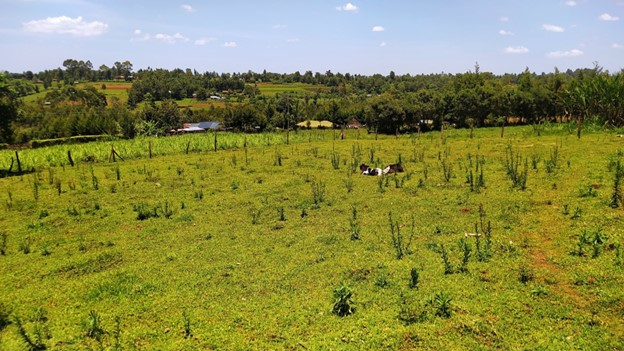
The GCBC is funded by the UK’s Department for Environment, Food and Rural Affairs (Defra) and managed in partnership with DAI Global (Fund Management Lead) and the Royal Botanic Gardens Kew (Strategic Science Lead).
Disclaimer: This material has been funded by UK International Development Funds; however, the views expressed do not necessarily reflect the UK government’s official policies.’

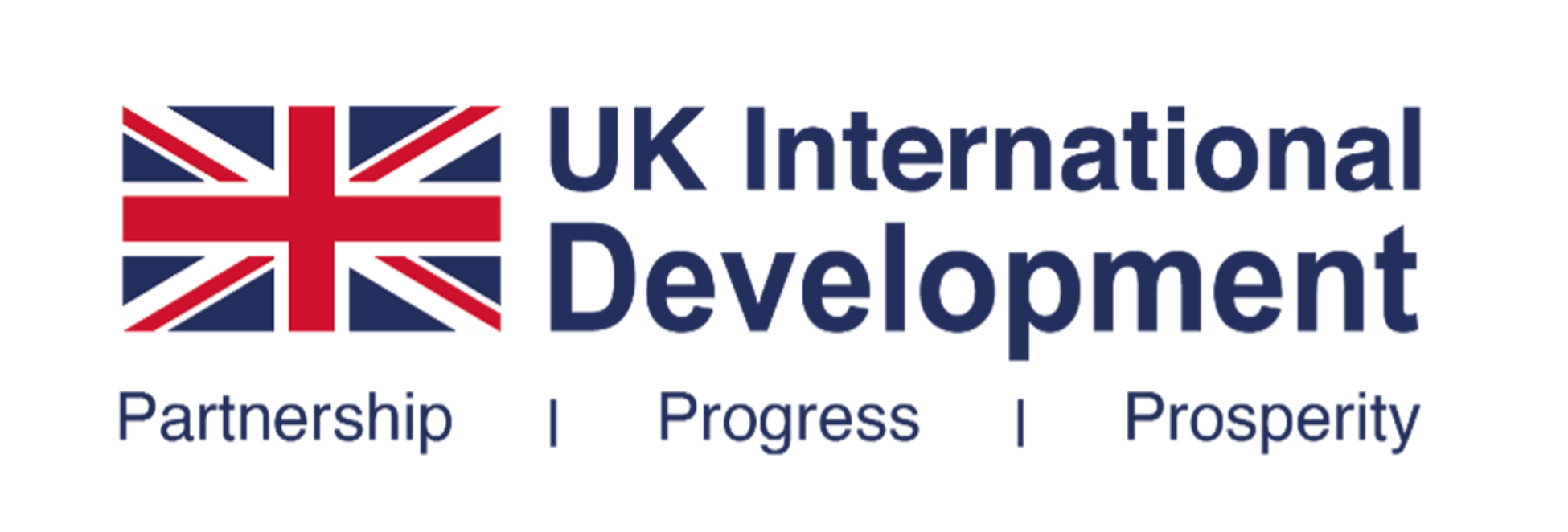
You may also like
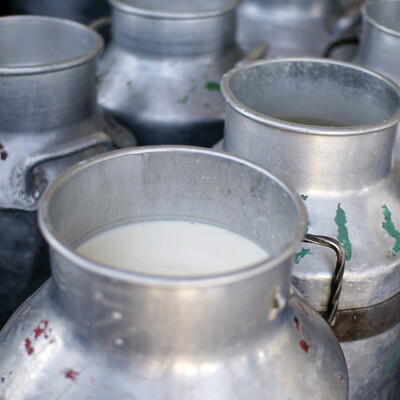
ILRI News
ILRI and Kenya Dairy Board sign agreement to transform the dairy sector ‘from farm to glass’
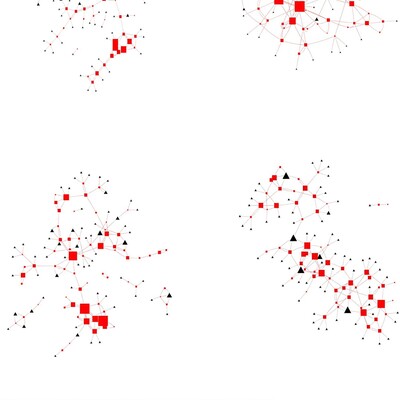
ILRI News
Farmer-to-farmer approach offers solutions to improve the efficiency of agricultural extension services in Kenya
ILRI News
Four-year initiative launched to improve milk quality, safety and marketing in central and western Kenya
Related Publications
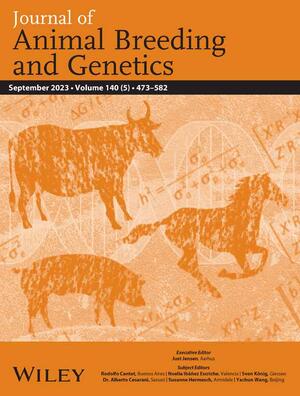
Genetic relationships among resilience, fertility and milk production traits in crossbred dairy cows performing in sub-Saharan Africa
- Oloo, Richard Dooso
- Mrode, Raphael A.
- Ekine-Dzivenu, Chinyere C.
- Ojango, Julie M.K.
- Bennewitz, J.
- Gebreyohanes, Gebregziabher
- Okeyo Mwai, Ally
- Chagunda, M.G.G.

Estimation of genome-wide patterns of homozygosity, heterozygosity and inbreeding in crossbred dairy cattle population in Pakistan
- Un Nisa, F.
- Usman, M.
- Ali, A.
- Ali, M.B.
- Kaul, H.
- Asif, M.
- Mrode, Raphael A.
- Mukhtar, Z.

From protection to pollution: Evaluating environmental and human health risks of acaricide use in dairy farming in Kenya
- Maina, Kevin W.
- Parlasca, M.C.
- Rao, E.J.O.
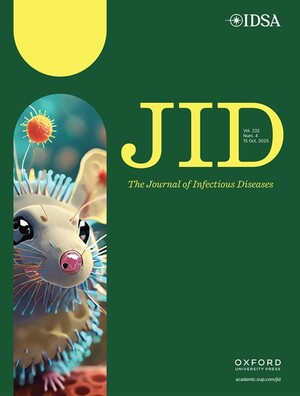
Rift Valley fever virus remains infectious in milk stored in a wide range of temperatures
- Dawes, B.E.
- De La Mota-Peynado, A.
- Rezende, I.M.
- Buyukcangaz, E.K.
- Harvey, A.M.
- Gerken, Keli N.
- Winter, C.A.
- Bayrau, B.
- Mitzel, D.N.
- Waggoner, J.J.
- Pinsky, B.A.
- Wilson, W.C.
- LaBeaud, A.D.

Species diversity and risk factors of gastrointestinal nematodes in smallholder dairy calves in Kenya
- Cheptoo, Sylvia
- Yalcindag, E.
- Gordon, L.G.
- Rukwaro, Benson
- Kimatu, Joseph S.
- Wasonga, Joseph
- Karani, Benedict E.
- Ndambuki, Gideon
- Migeni, Susan
- Kagai, Jesse
- Kiprotich, Linus E.
- Saya, Nelson
- Vasoya, D.
- Nangekhe, Gertrude
- Onguso, J.
- Mungai, G.
- Bronsvoort, B.M.
- Cook, Elizabeth A.J.





